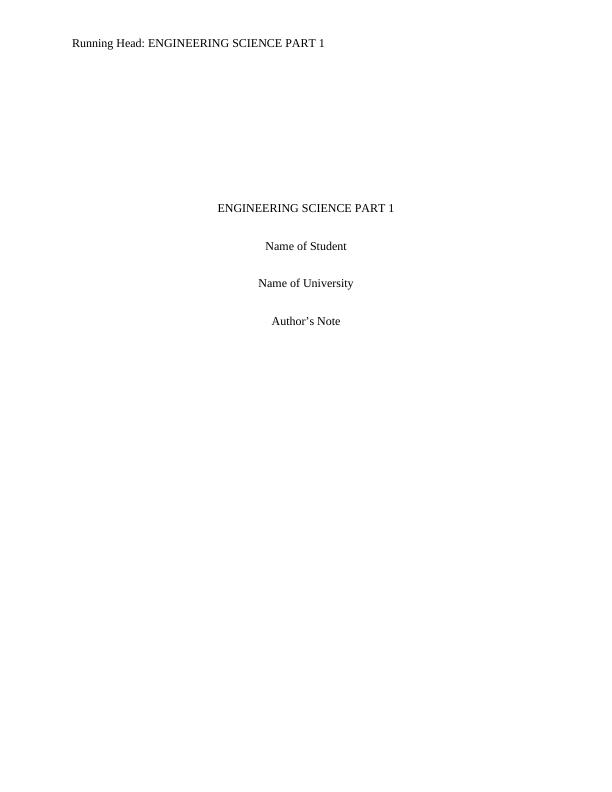Engineering Science Part 1: Materials, Design, and Principles
10 Pages2827 Words172 Views
Added on 2023-06-10
About This Document
This article discusses the materials, design, and principles involved in building a cruise ship. It covers the use of steel and other materials, Archimedes' and D'Alembert's principles, breaking points of materials, and hysteresis in different materials. The article also explores the estimation of power consumed by a ship and the thermal efficiency of a ship engine.
Engineering Science Part 1: Materials, Design, and Principles
Added on 2023-06-10
ShareRelated Documents
End of preview
Want to access all the pages? Upload your documents or become a member.
Materials and Design of a Cruise Ship: A Scientific Approach
|16
|2752
|95
Engineering Science Part 1: Materials, Principles, and Design of Ships
|7
|1881
|258
Shipbuilding: Materials, Design, and Principles
|12
|1898
|495



